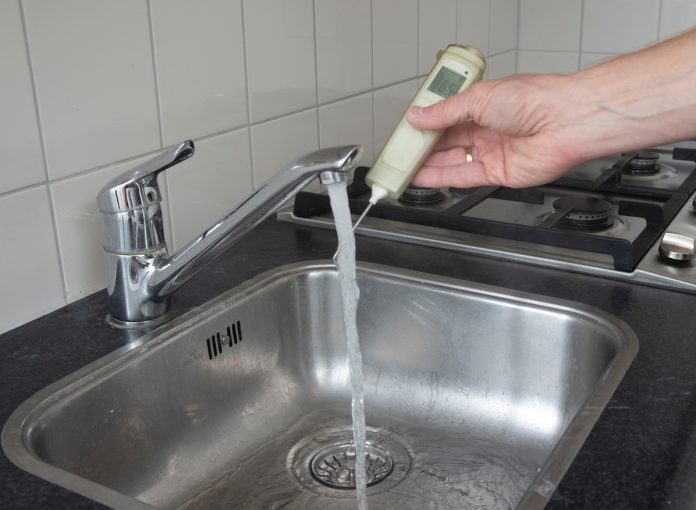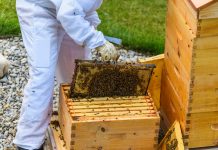During the spring and summer months, did you see an increase in your water temperatures? You were not alone; now is the time to think ahead about how you can minimise this next year
When we enter the spring and summer months, temperatures rise, which also increases the risk of warmer cold water temperatures in your water systems.
What is the risk of warmer cold water?
The Approved Code of Practice for Legionella (Paragraph 59) emphasises the importance of maintaining water temperatures between 20°C and 45°C for optimal growth of Legionella bacteria. While guidance ensures that mains water supplied to sites is considered “wholesome,” it does not guarantee that the water is free of bacteria or pathogens.
During warmer weather, the ground heats up, raising the temperature of the water supplied to your building through the mains distribution network. In some areas of Central London, temperatures often exceed 20°C, the lower threshold for optimal Legionella growth, during the summer months. The Health and Safety Guidance (Paragraph 2.6) states that cold water systems should, where possible, be maintained at a temperature below 20°C. But what can you do if the supply exceeds that temperature?
Evaluating the risk
The first step is to assess the risk. If your incoming supply is at 21°C, your risk is elevated. If you have a Cold-Water Storage Tank (CWST), your risk increases further, prompting you to consider options for mitigating this risk.
Is there industry guidance available?
Fortunately, guidance is accessible. The Health & Safety Guidance (HSG) 274, specifically Part 2, addresses Hot & Cold-Water Systems and contains Table 2.1, outlining best practices for managing cold water systems.

This guidance is published by the Health and Safety Executive (HSE) and is available for free download.
What does the guidance recommend?
For cold water storage tanks, it is advised to check the temperature at least once a year, especially during the summer months. HSG 274 Part 2 also includes helpful images in Figure 2.12 to assist in determining if your tank needs cleaning; this can further mitigate the risk associated with higher water temperatures.

For systems without tanks, the recommendation is to check your nearest and furthest outlets from the supply monthly and ensure that the outlet temperature is below 20°C within two minutes. If it takes longer in the summer than in the winter, you may need to invest in thermal insulation for both hot and cold-water pipes. Installing insulation should reduce thermal gains in your cold-water supply, enhancing compliance and reducing the risk of Legionella contamination.
If you need assistance with any of these issues, HC Legionella Ltd can help. We offer tank inspections, cleaning, and system temperature profiling, working with various public and private entities to manage and resolve water quality concerns.








